
As you may know, (especially if you read my article on the subject) the National Archives are a mess, at least when it comes to tanks. One of the joys, though, of a totally failed filing system, is that you never know what you'll find in the next file you open. As opposed to a proper filing system when you look for something specific, find it, and then stop looking.
One of these items is the little-known history of the T28 Super Heavy Tank (AKA 105mm Gun Motor Carriage T95). Considering it's the biggest thing the US ever built, one might think that they had kept better records of it, but no. The fact that both tanks were written off as destroyed (one by fire, one by scrapping), only to discover 27 years later that one was sitting, a little rusty, but definitely undestroyed, in a field in Fort Belvoir, VA, it is perhaps unsurprising that other details of its history may have been lost to history.
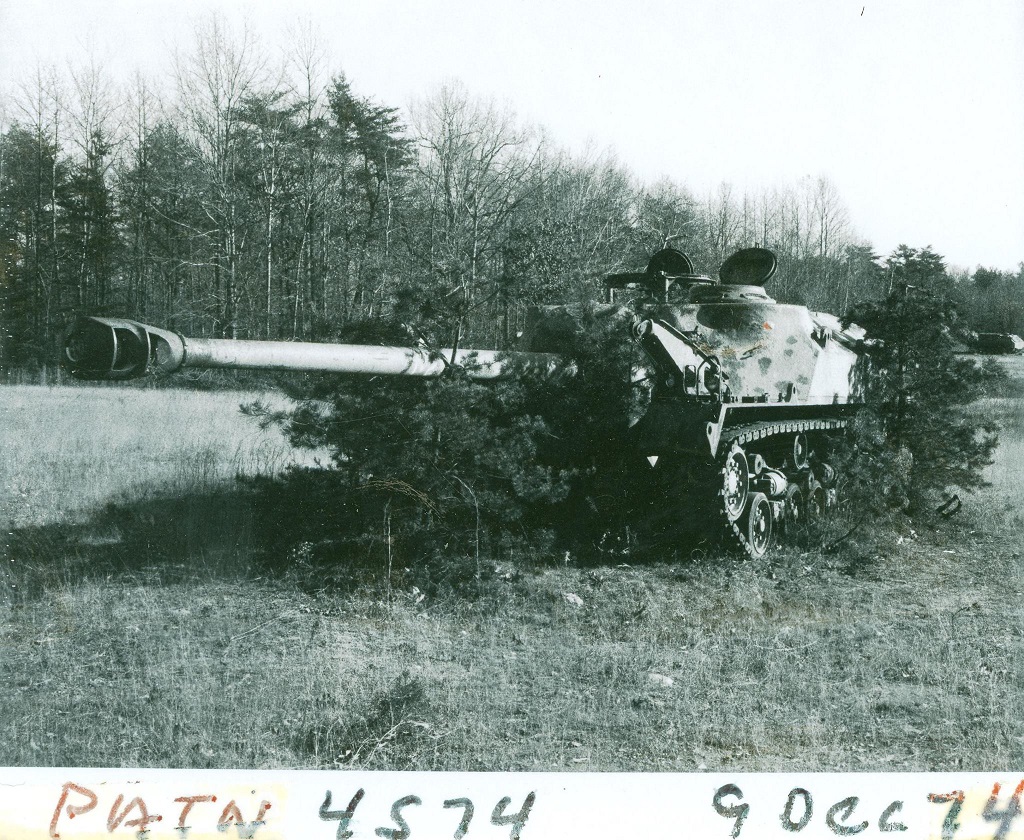
Yes, seriously. This is how the T28 was found by a hunter. Obviously well camouflagued. And people complain about WoT spotting mechanics...
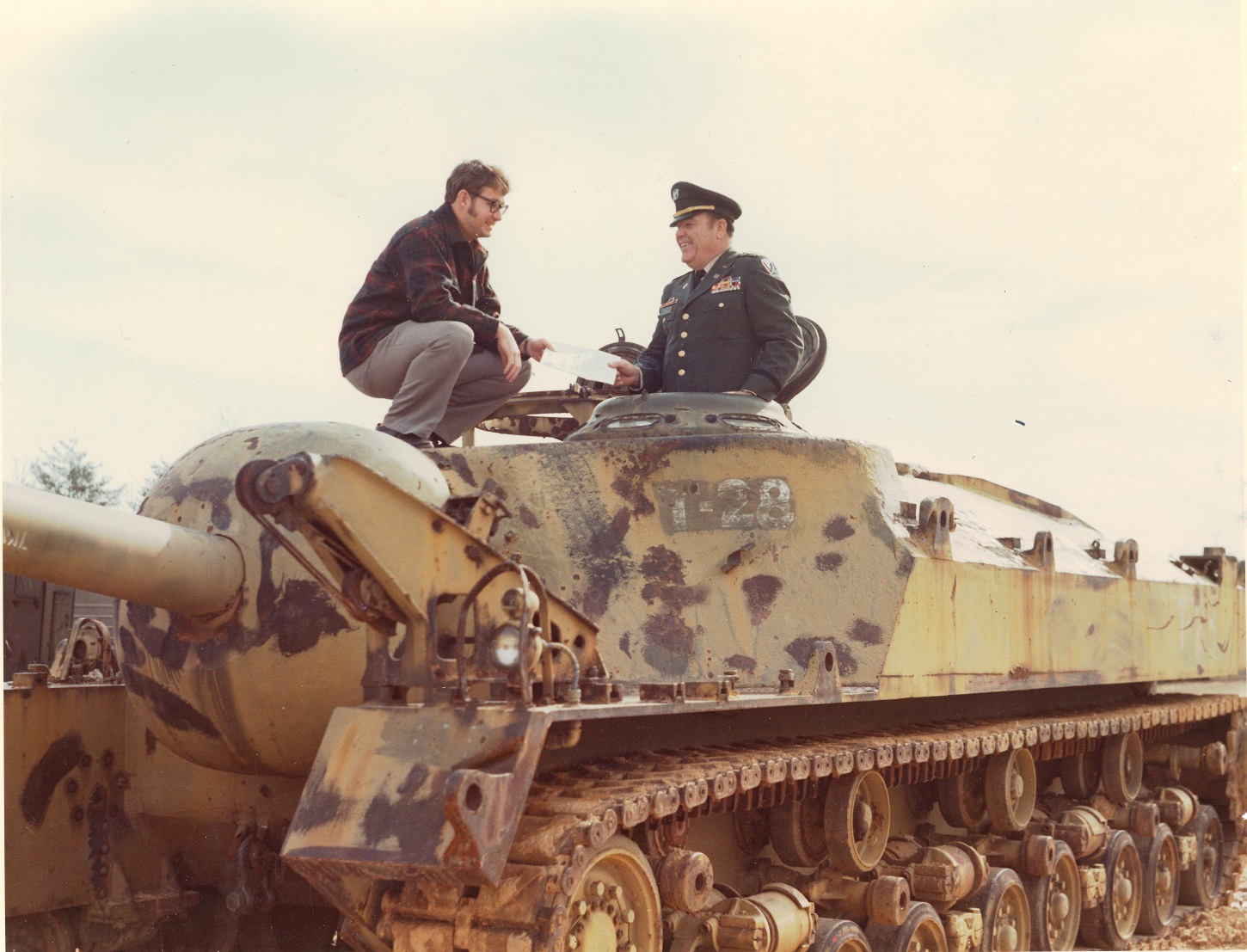
This photo was not captioned, but the chap in civvies is believed to be the hunter in question, being thanked/congratulated for finding the thing.
So, as I was trawling around, I found photographs of T28's combat deployment.
In the panic days in the early Korean War, with a perimeter down to Pusan, the US military were willing to throw in almost anything they could find. Someone, somewhere, evidently knew about the T28 sitting in Aberdeen proving grounds. The test program for the vehicle was long completed, but being a 100-ton tank, it was kept in serviceable condition for trials of high-capacity equipment such as heavy-lift flatbeds.
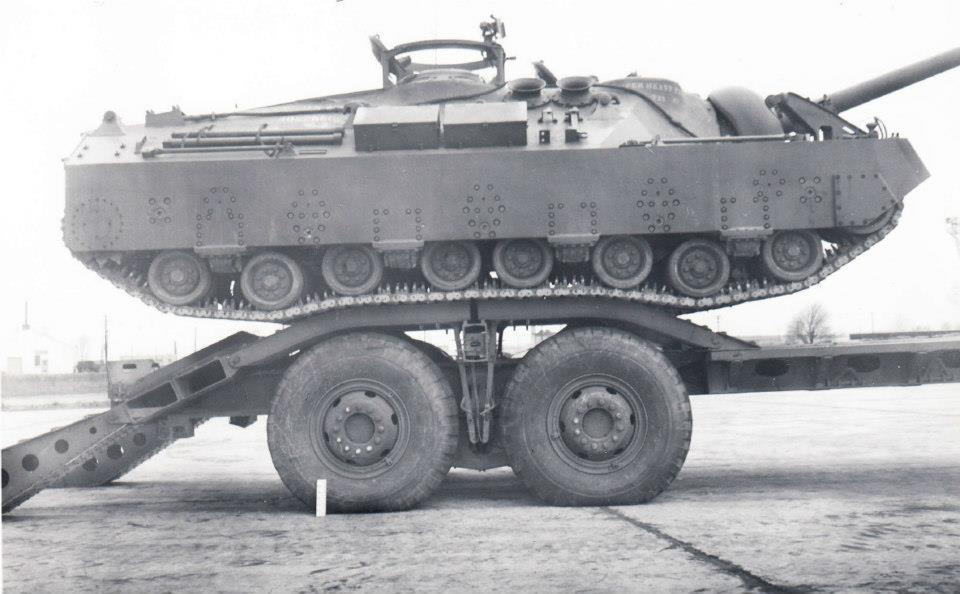
As a result, in late July 1950, The T28 Super Heavy was ordered to be sent from Aberdeen, to San Diego, California for transfer to the theatre. It arrived early August, where it was loaded onto LST-845 for the trans-Pacific trip.
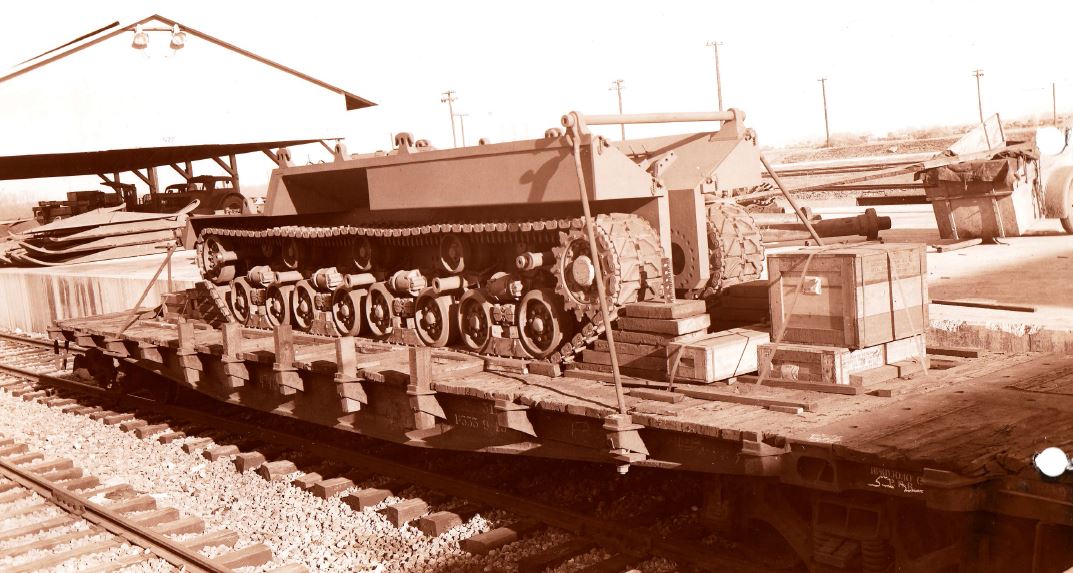
With the Inchon assualt being planned, however, the LST's services were required for transport of non-experimental units. As a result, LST-845 was redirected to Japan. The two photos below were taken on 7th September 1950, at Suma, Hyogo Prefecture. Due to the weight of the vehicle, a standard beaching wasn't possible, and so a special pontoon ramp had to be created.
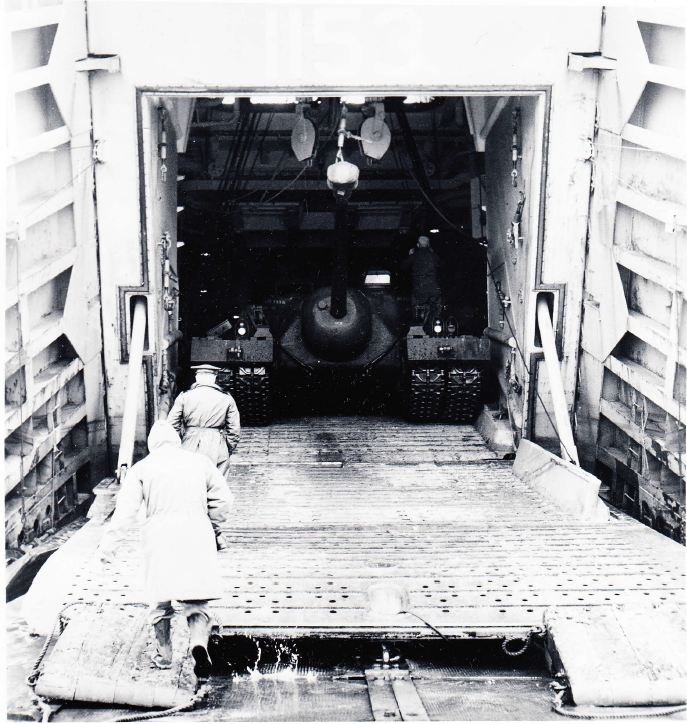
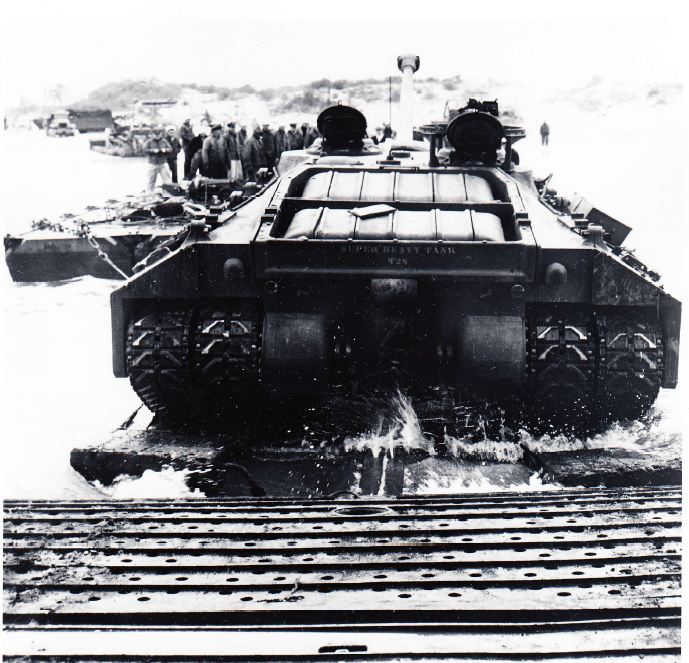
There T28 sat, awaiting transport for the final hop to Korea.
Eventually, at the end of September, a transport was found. A rather unimpressive LCT(6) was located as available, and in order to get T28 to fit, the outer tracks had to be detached into travel mode.
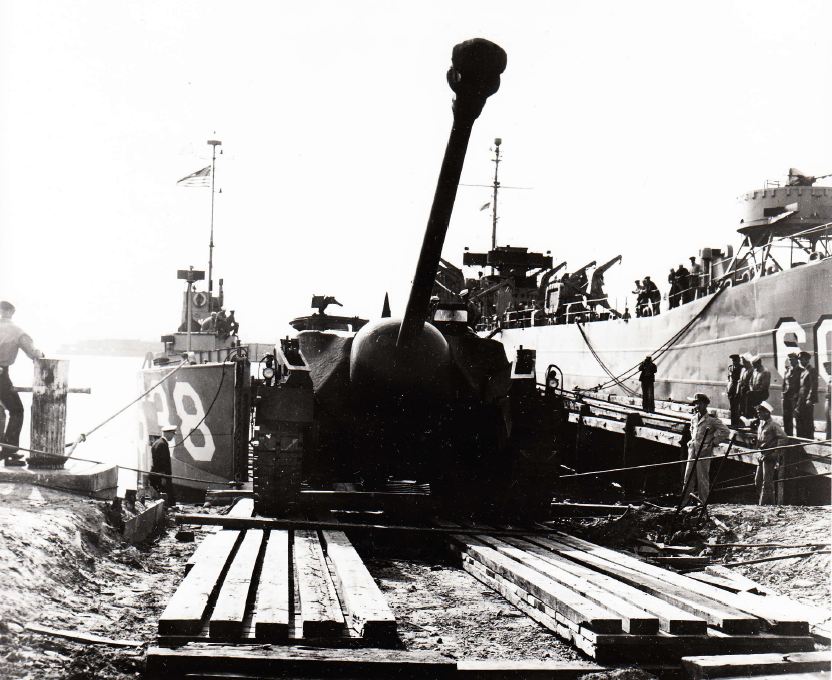
And so over it went. Super Heavy Tank T28 arrived in the combat zone near Suncheon, Korea, photo above, on 2nd October 1950.
Of course, a combat deployment does not mean combat. The Inchon assault was the classic success, permitting the breakout of the Pusan perimeter and a period of great maneuver. Something which T28 was supremely unsuited to partake in.There is no indication that T28 ever made it far from Suncheon once it got there, probably a good reason why this little detail of T28's history has been forgotten about. Eventually the vehicle was returned to the US, where it ended up in Fort Belvoir... only to end its days sitting in that field. The records of the deployment probably ending up in the same place as the records of T28's existance.
Bob will take you to the forum thread.
